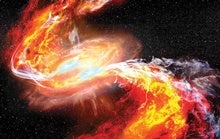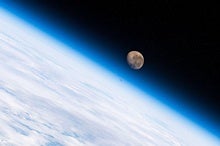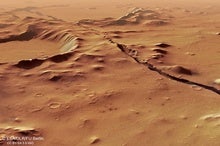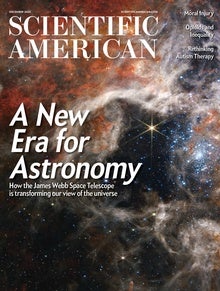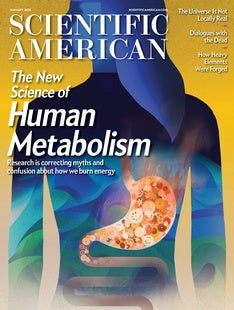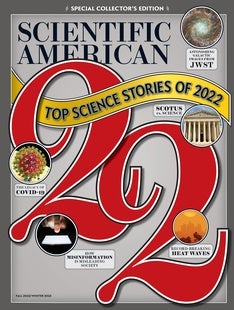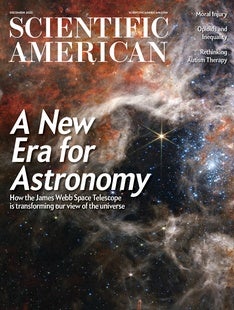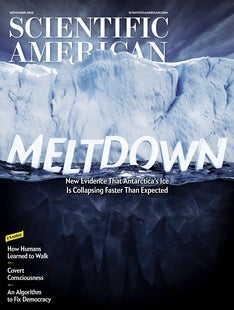 |
| January 05, 2023 |
Dear Reader,
This week, we're listening to heavy metal. Our top story is an audiovisual explainer of how scientists recently learned the cosmic origins of essentially all the gold, platinum and other precious metals heavier than iron. For more context, dive in to an expert-authored feature article on the topic that appears in our January issue. As a chaser, read our news story about how converting telescopic data to sounds rather than images can boost astronomy's accessibility (and maybe lead to new discoveries, too). From there, check out the surprising news of active volcanism on Mars, a book review on the pitfalls of planetary terraforming, and our editorial reflections on the year that was. Enjoy, and we wish you a healthy and happy 2023. |
| | Lee Billings, Senior Editor, Space & Physics
| |
 |
| |
| |
| |
| |
| |
| |
| |
FROM THE STORE
 | | | |
| |
FROM THE ARCHIVE
 | | Where (Some of) Earth's Gold Came From Of all of that precious metal ever refined, 600 tons were created in a collision between two neutron stars 1,000 light-years away and 4.6 billion years ago By Imre Bartos,Szabolcs Márka | May 2019 | | |
LATEST ISSUES
 |
| |
| Questions? Comments?  | |
| Download the Scientific American App |
| |
| |



